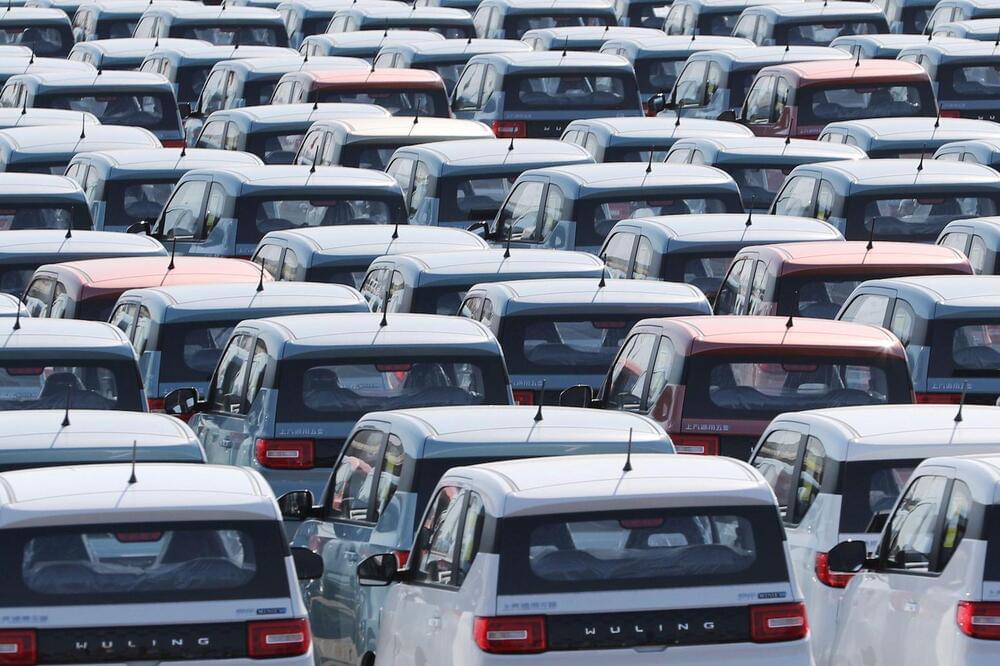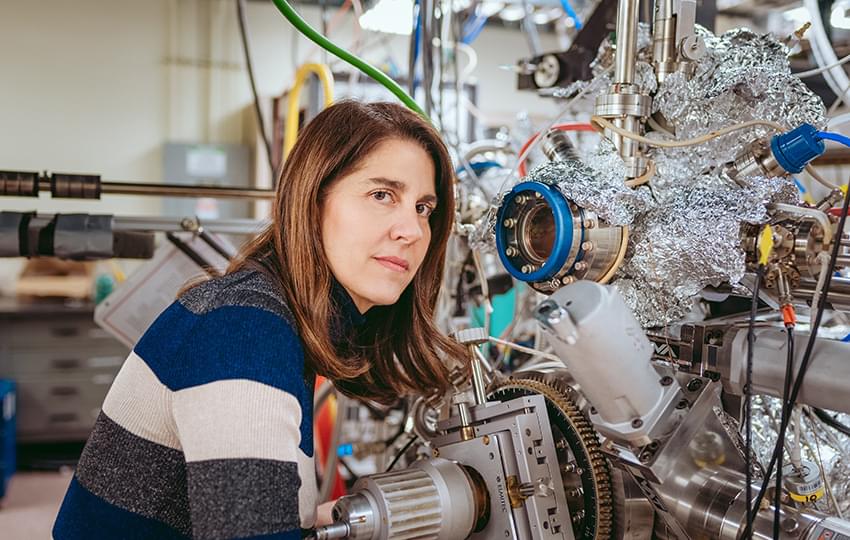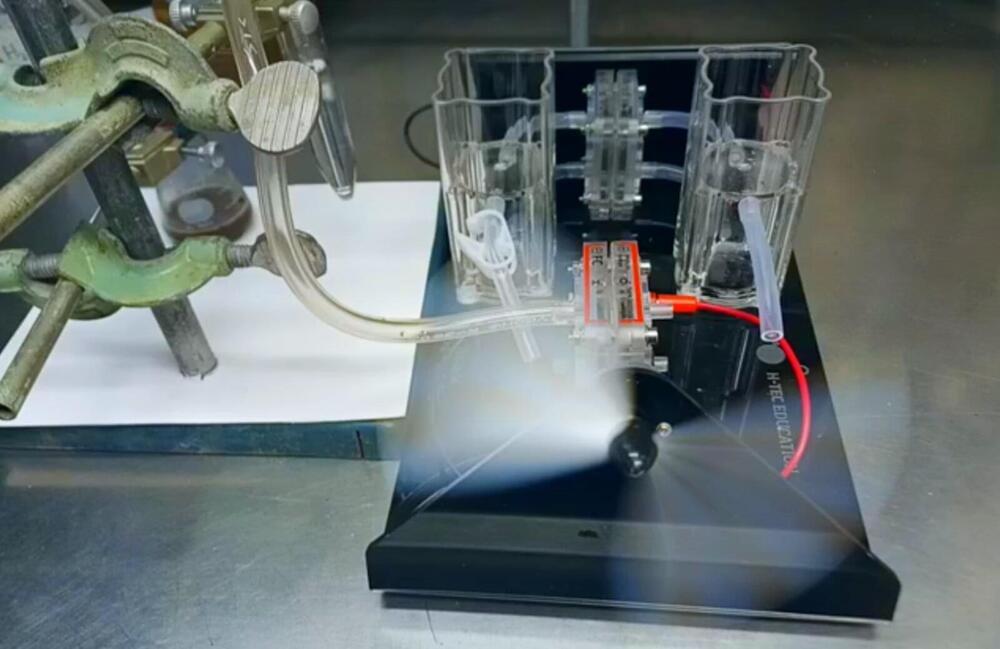May 2, 2023
China’s first desert-based solar and wind energy farm goes online
Posted by Gemechu Taye in categories: solar power, sustainability
It can generate enough energy to power 1.5 million households a year.
The first of China’s wind and solar energy projects being built in the desert areas is now connected to the electricity grid and has begun generating power, media outlet ChinaDaily.
With the planet needing to reduce carbon emissions, countries are now innovating in generating greener energy. Interesting Engineering reported earlier this year how Switzerland installed 5,000 solar panels on the highest dam in Europe. On its part, China is looking to convert the arid regions of its geography into power generation zones.

















